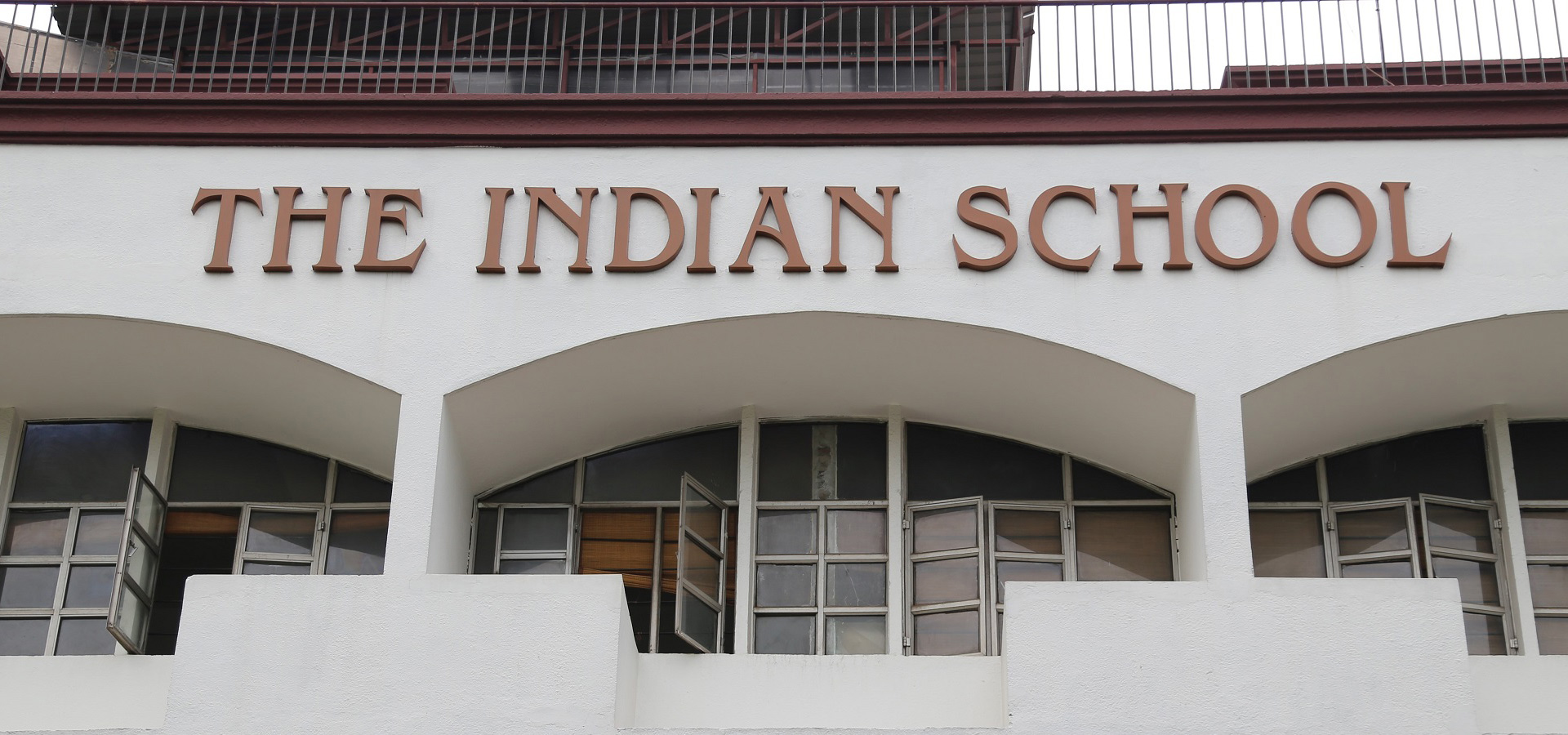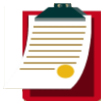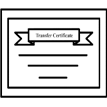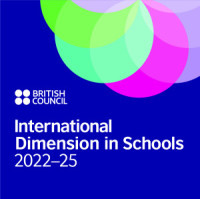Annual Exhibition on 26th August 2023
The Annual Exhibition is an distinctive part of our School calendar and is observed as an occasion of celebration, felicitation and festivity, where students not only present their exhibits but also receive appreciation for their hard work. It is customarily held around Independence Day in the belief that our motherland can truly be free when the strides of science and learning set our people free from the shackles of poverty and hunger.
The Indian School - Second Shift organised its Annual Exhibition on Saturday, August 26, 2023 and everybody witnessed energy as the students put up subject-wise corners, displaying projects and models created by them. The theme on the occasion was 'Reclaiming My Planet' through which a platform was provided to the students to tap their hidden talent and innovatively give real time shape to theoretical learning with the objective of being protectors of Earth and flag bearers of sustainable development.
-214.jpg)
-628.jpg)
-546.jpg)
Our parents and other guests were welcomed with a melodious Saraswati Vandana by the School choir followed by a graceful dance performance, the Maharashtrian folk dance, 'Lezim', by the students of classes 9 and 10. Another dance performance by the students of the primary classes, based on cleanliness of body and mind, was also presented. A nukkad natak presented by the students of classes 1 and 2 highlighted the importance of moral education and the harmful effects of the excessive use of mobile phones. Another thought-provoking nukkad natak, 'Jaag Utha Insaan' was presented by the senior students to convey a strong message about the adverse effects of climate change and ways to prevent it. Students melodiously sang the song- 'Ek Diya Baati' and 'Aao Hum Sab Hath Milaye', which were perfectly aligned with the theme of the year.
Languages
The Language department , comprising English, Hindi and French, displayed vivid projects and students also showcased their talents with live performances.
English
For English, the students of classes 1 and 2 exhibited art integrated projects like punctuation picture activity, compound words folder, sock puppets, animal homes craft, word ladder and many more. Students conducted a set of interactive games like sorting common and proper nouns, sentence sequencing activity and riddles which kept the parents delightfully engaged. In the vibrant display of English subject exhibits of classes 3 to 5, students enthusiastically displayed their art-integrated learning projects in their room titled ‘Linguaggio'. These included games related to the various parts of speech, a puzzle based on life under water, eco-comics on climate change with fictional green superheroes and attractively designed posters and book covers. Live performances such as story narration, an act on "Saving our Planet", advertisements on futuristic products etc, left the visitors riveted.
Class 6 presented a 'Live TV', where they shared news related to the planet's condition in a fun and entertaining way. Students also exhibited a 'Spin-Wheel Grammar Game', where they posed questions to the parents, based on their spins. Comic strips were made by the students of class 7 based on an imaginary superhero who saves the environment, where they created characters like 'Kachraman' and 'Saviour of the Planet', and raised environmental concerns through these comics. The children also conducted a floor game on reported speech, a dice game on idioms and an acrostic poem writing game for the parents and other visitors. Class 8 students made bioscopes on various authors, which beautifully displayed the biographies of authors like Ruskin Bond, Rudyard Kipling, Rabindranath Tagore, Emily Dickinson and many more, along with their pictures. Classes 9 and 10 exhibited their self-composed poems on topics like nature, Planet Earth, introspection and self discovery. They also displayed critical notes of the various books and authors that they had read.
Hindi
The Hindi department displayed spectacular and intricate projects based on topics such as Vilom Shabd, Paryayvachi Shabd, Matra Gyan, Shabd Vartani, Shabd Nirman etc . A group of students sang a melodious song " Meethi meethi baaton se", which aroused the spirit of bravery and conveyed the message that one should never give up in life.
Exhibits of classes 6 to 8 included a pictorial representation of the Ramayana, ' Paheli Ghar',
' Shabdo ka Khel, Upsarg Pushp, etc., which showcased fun ways to learn Hindi grammar and literature. In a special album, made by the students of class 10, were displayed details of various lady authors in Hindi, and visitors were asked to guess their names with the help of cues and clues!
French
Students of French gave a presentation on the rich cultural heritage of France through travel guides, calendars, and collages. It also involved games, quizzes, and little treats for the visitors, making it an interesting learning experience for everyone. The students also presented a song, 'Le defi pour la terre' highlighting the need to save our natural resources and to fight the challenges faced by our home planet.
Science Department
Environmental Studies' projects were displayed by the students of classes 3-5 in the form of live experiments and working models.The exhibits included models of the Water Cycle, Infinity Waterfall, Plant Life Cycle, and Water Dispenser, solar system, rainwater harvesting system, windmill, and a Save Earth model to develop their kinaesthetic and interpersonal abilities.Students of class 5 created a range of working models on four steps, including water purifiers, air purifiers, volcanoes, plastoscopes and water pollution models, which focused on their kinaesthetic and social skills. Students also conducted environmental science experiments and played games that attracted a large audience and were well received by them. With the collaborative efforts of the students of classes 6 to 10, the model of a smart city was built, showcasing sustainable living, which also included the use of hydro electricity to light up the smart city. It also comprised miniatures of water stores in dams to be used for a multi level parking and a launcher. A class 6 student crafted a smart house, representing a futuristic vision of houses in the cities of India.The model also provided solutions for unforeseen natural calamities like floods. The students also prepared projects on rainwater harvesting, an 'endless fountain', the Chandrayaan 3, the Vikram Lander, talking robots, and smart speed breakers to control the speeding vehicles in the smart cities. Another innovative idea was the demonstration of a zebra crossing made with silicone chips and crystals to convert the kinetic energy into electrical energy to light up roads and crossings.
Maths Department
The young learners of classes 1 to 5 presented their holiday homework, which not only demonstrated their understanding of various mathematical concepts but also showcased their eagerness to learn beyond the classroom. Students displayed their projects based on mathematical topics such as 2D Shapes,Time and Sequence, addition, subtraction, Mental Maths, Multiplication wheel, a working clock model, a 3D Robot, Division Model, HCF and LCM model etc. They enthusiastically presented and explained their models, which not only helped the students to recapitulate the concepts but also to share the newly gained knowledge with others. This also greatly boosting their self confidence.
In the live corner of Mathematics, the students indulged the parents with challenging puzzles, games and quizzes. The parents took turns to answer the questions and were amazed to know the solutions to the problems listed! Students of classes 6 and 7 curated many working models diligently to give a shape to their ideas. They came up with various wonderful working models like the HCF and LCM model, division machine, fractions model, square root calculator, multiples grid, magic square game etc. The students built calculator applications, mathematics games, 'guess my birth year game' etc., all by using coding softwares like Python. Students presented all the work with zeal and got wonderful feedback from all the visitors.
The exhibits displayed by the students of class 8 included mathematical robots made with 2D shapes by using recycled material, a game of data handling, a model on the area of a circle, and a model on Platonic shapes. Class 9 students created a leaf tessellation with different geometric shapes, and a spirograph. They also developed a model on optical illusions and explained different types of illusion with mathematical shapes, and presented India's map on a graph paper in which they have highlighted the Golden Quadrilateral by connecting Mumbai, Delhi, Chennai and Kolkata. A model on Warli art using the properties of congruence of triangles was made by some students.
Students of class 10 made pencil stars with the help of pencils and rubber bands to give various geometrical shapes. They also made a windball by using cardboard, and a trigonometry model, which showed how trigonometry is used in real life to measure the height of buildings. A group of students made a model of the Pyramid of Giza by using recyclable materials to show the properties of similar triangles.
Social Science Department
Contribution of the social science department for the annual exhibition 2023 was diverse. Various models and live presentations were done as a part of their project based learning methodology. Classes VI and VII displayed models of the Indiam mountains ranges, hydro electricity, volcano, water cycle, layers of earth etc. Students also conducted quizzes for the guests. The project on drainage patterns and the Stone Age was one of the highlights. The special attraction was 'Exploring Kashmir', as a part of the G20 summit. They also prepared captivating posters on gender equality, pollution, consumer rights and SDG goals.
Students of class 8 created 'cultural boxes' which comprised features of the G20 countries, and challenged visitors to identify the country from the given cues in these boxes! An archeological puzzle was created to engage the audience with learning- by-doing methodology. Students of class 9 demonstrated 'sustainable living' by creating working models based on cities whose energy consumption is mostly through renewable resources. The children also displayed the great Himalayan ranges with its three main rivers- the Indus, the Ganges and the Brahmaputra.
The showstopper was the display of an 'economic cheat sheet', which demonstrated the web of the Indian economy interconnecting goods, producers, demand, supply, consumers, money lenders and farmers.
Other Departments
In the Sports Corner, students exhibited charts on nutrition and balanced diet, posters about physical fitness and yoga. Students also showcased yogic postures and explained their benefits.
The Library Corner displayed the original writings of students which included poems, stories and quotes. The posters about the great works of Dr SR Ranganathan and library rules were presented in a creative manner. Games like "Guess the Author" and "Respect Books" were centres of attraction at which the attendees eagerly participated!
In the Special Corner, attendees were asked to play games such as " Brain Sync" and "Finger Hopscotch '' which are proven to improve bilateral coordination, concentration, cognitive skills and fine motor skills. Those who tried their hands on the games were delighted by the experience.
Visitors, who explored the 'Creative Corner', tried their hands at block printing. Students also attempted tattoo art where each tattoo carried a message for environmental consciousness. These tattoos were created using vegan and environment-friendly inks, keeping our commitment to sustainable practices.
IT students of class 6 presented an exhibit on internet communication, i.e. how data is transmitted over networks, and also crafted various products out of e-waste. Students of class 7 created a date of birth guessing game, ping-pong game, GUI based calculator and voice-enabled calculator on the Python programming language.They also presented an exhibit on 'Types of Topology' showcasing the different ways of placing computer systems for communication. A Crown Master game on Scratch programming language was created by the students of class 8.
The outstanding feature of the exhibition was its multidisciplinary approach towards teaching and learning. The students learned the value of research work, organisational skills and team work. The spontaneous creativity and the effort of the students was captivating and very appreciable. The parents were enthralled by the performance of their wards.
For more pictures click here.



-214.jpg)
-628.jpg)
-546.jpg)






